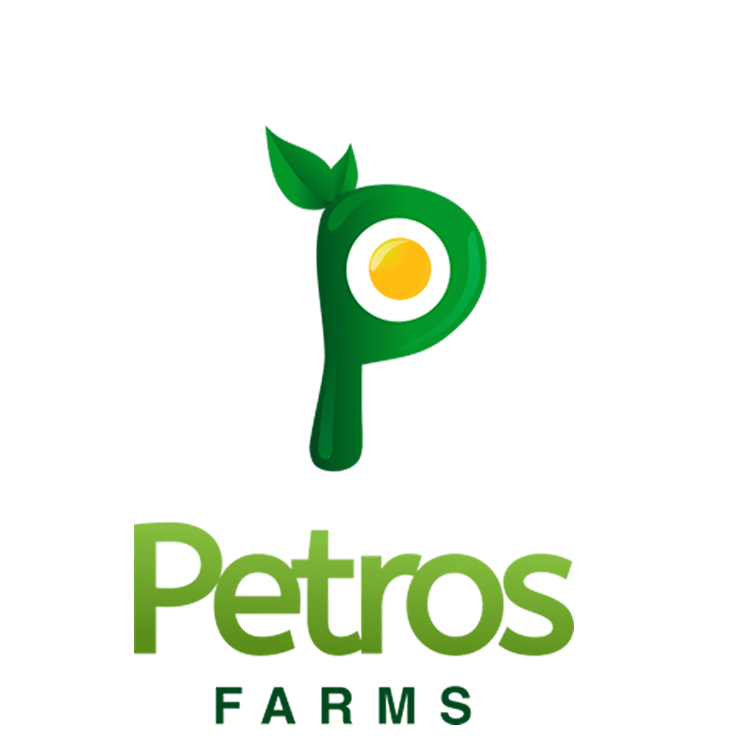18 Mar Pellets to Mash: Which is Better for Caged Hens?
Introduction:
In the realm of poultry farming, ensuring the welfare and health of the chickens is paramount. Among the various practices, the choice of feed and feeding method plays a significant role. While pellet feeding has been a common method in poultry farming, recent discussions have emerged regarding its suitability, particularly for caged hens. An alternative approach, mash feeding, is gaining attention for its potential benefits in enhancing the well-being of hens in cage environments. Let’s delve into why mash feeding could be a better option for caged hens compared to pellet feeding.
Understanding Mash Feeding:
Now, let’s explore mash feeding. It involves providing finely ground or crushed feed to the chickens, typically consisting of grains, proteins, vitamins, and minerals. This form of feeding retains the natural texture of the ingredients, resembling a coarse powder. Unlike pellet feeding, which involves compacted and processed feed in pellet form, mash feed maintains the individuality of the components.
The Concern with Pellet Feeding:
While pellet feeding is common, we caution against its indiscriminate use in caged laying hens due to its potential impact on fatty liver disease. Fatty liver disease, also known as hepatic lipidosis, is a metabolic disorder that can occur in poultry, particularly in laying hens, when there is an imbalance between fat metabolism and utilization. Pellet feeding, especially when combined with factors like restricted movement and genetic predisposition, can contribute to this condition by promoting excessive fat accumulation in the liver.
The Benefits of Mash Feeding:
Natural Feeding Behavior: Hens are naturally inclined to peck and forage for their food. Mash feeding aligns more closely with this instinctual behavior, allowing hens to exhibit their natural feeding patterns even within the confines of a cage. With mash feed, hens can peck and consume the feed particles, engaging in a behavior that contributes to their mental and physical well-being.
Improved Digestibility: The finely ground nature of mash feed enhances digestibility for hens. Compared to pellets, which may contain larger and denser particles, mash feed is easier for hens to break down and digest efficiently. This can lead to better nutrient absorption and utilization, promoting overall health and productivity among caged hens.
Alleviating Behavioral Issues: Caged hens may experience stress and behavioral issues due to limited space and environmental enrichment. Mash feeding can serve as a form of enrichment by stimulating natural feeding behaviors, thereby reducing boredom and frustration among hens. By promoting activity and engagement, mash feeding contributes to a more enriched living environment for caged hens, potentially mitigating negative behavioral outcomes, such as cannibalism.
Customizable Nutrition: Mash feed allows for greater flexibility in formulating diets tailored to the specific nutritional needs of caged hens. Farmers can easily adjust the composition of the mash feed to optimize calcium, incorporate supplements, or address dietary deficiencies more precisely. This customization ensures that hens receive optimal nutrition to support their health, immunity, and egg production performance.
Conclusion:
In the quest for enhancing the welfare of caged hens, the choice of feeding method plays a crucial role. While pellet feeding remains common in the poultry industry, there are valid concerns regarding its potential impact on fatty liver disease in caged laying hens. Mash feed presents a viable alternative that not only mitigates obesity risks but also supports optimal egg production and prolonged laying in caged hens. This underscores the importance of considering feed composition and its effects on both health and productivity when formulating diets for poultry located in different housing conditions.
Cheers.
Petros Farms
Share with:
